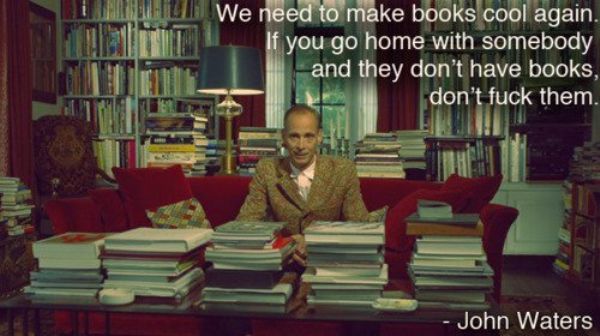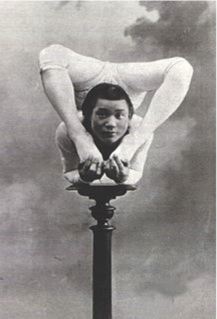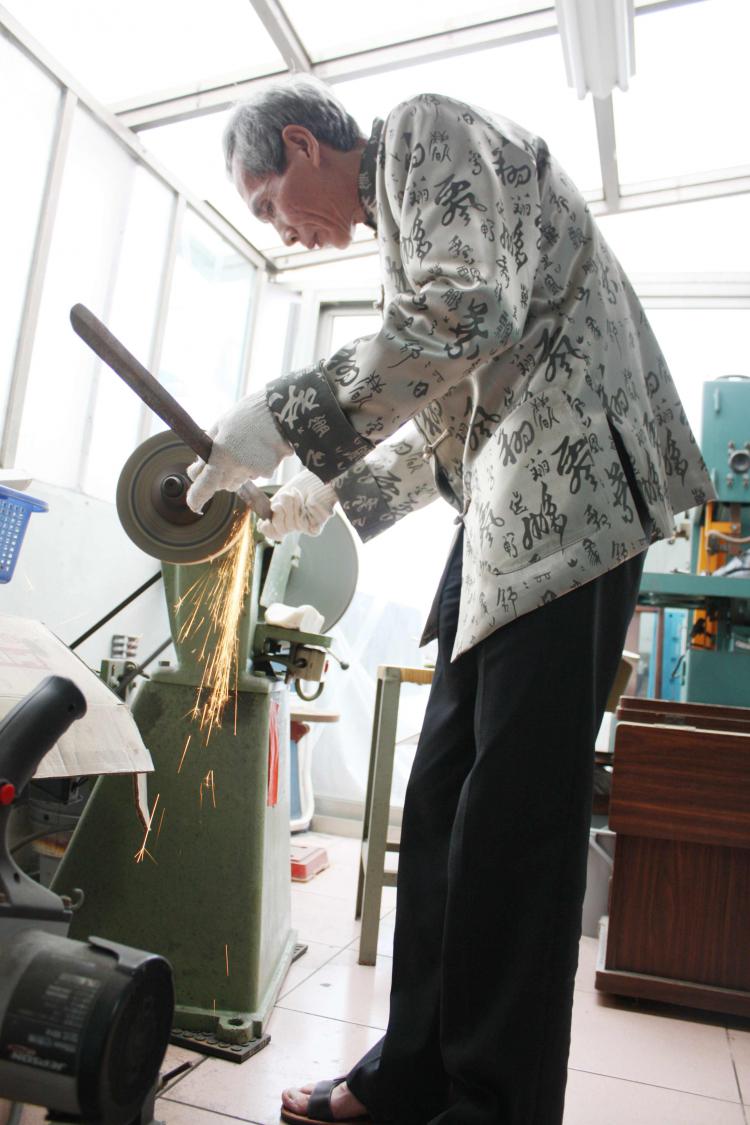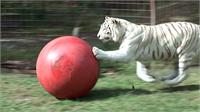 this is a KatanaOccam's Katana is not the name of the book I'm working on, although it might make a good chapter title. Occam, a rather clear thinking guy who lived in the 13th Century, is the name we give to the use of a mental razor blade used for cutting out all the unnecessary theories and mind farts that tend to get stuck to the facts. It is often stated as, the simplest and most direct explanation is the one most likely to be true.
this is a KatanaOccam's Katana is not the name of the book I'm working on, although it might make a good chapter title. Occam, a rather clear thinking guy who lived in the 13th Century, is the name we give to the use of a mental razor blade used for cutting out all the unnecessary theories and mind farts that tend to get stuck to the facts. It is often stated as, the simplest and most direct explanation is the one most likely to be true.
But of course that is not always true. For situations where theories (or even ideologies or hysteria) have had a lot of opportunity to co-opt facts or even pound and shape them, a more hefty device might be necessary. Thus Occam's Katana is the tool you want for these bigger jobs.
 this is reel to reel filmI once dated a French woman whose name was Super Chick. She had a job, I kid you not, at the Museum of Modern Art as an expert on painting on film. You know film, the stuff that goes from reel to reel in a movie theater. Apparently some artists have thought it a good idea to paint with paint on top of pieces of film. Not as animation mind you, but as very small paintings. Anyway it's a thing. With a history and stuff.
this is reel to reel filmI once dated a French woman whose name was Super Chick. She had a job, I kid you not, at the Museum of Modern Art as an expert on painting on film. You know film, the stuff that goes from reel to reel in a movie theater. Apparently some artists have thought it a good idea to paint with paint on top of pieces of film. Not as animation mind you, but as very small paintings. Anyway it's a thing. With a history and stuff.
She also had a full collection of Post Modern theory in her apartment. At that time I had already read the major theorists and such, my father had interviewed a number of them for his radio show Social Thought, and afterward he gave me the books. I had also read several when I studied with Angela Davis, and it was a big thing in both the anarchist and dance worlds I travelled in. But Super Chick had more. And she had read them in both languages. In fact, she had the extraordinary distinction of having been a personal assistant to both Richard Rorty , the translator of many of the French Post Modern Philosophers, and the film maker John Waters! You know, the guy you always see in Facebook images saying, "Do not have sex with people unless they have a lot of books!"
, the translator of many of the French Post Modern Philosophers, and the film maker John Waters! You know, the guy you always see in Facebook images saying, "Do not have sex with people unless they have a lot of books!"
 So I borrowed a short stack, thinking I might as well take this opportunity to up my game. She had meticulously underlined large sections of text in pencil. The problem was, I couldn't figure out why. When we talked about it she admitted (perhaps an influence from Richard Rorty) that none of these books actually had any intrinsic value in the realm of ideas, but that they had an aesthetic value. That's what she was doing with the pencil, marking things that were aesthetically pleasing.
So I borrowed a short stack, thinking I might as well take this opportunity to up my game. She had meticulously underlined large sections of text in pencil. The problem was, I couldn't figure out why. When we talked about it she admitted (perhaps an influence from Richard Rorty) that none of these books actually had any intrinsic value in the realm of ideas, but that they had an aesthetic value. That's what she was doing with the pencil, marking things that were aesthetically pleasing.
At that time there were only a small number of Post Colonial Studies Theorists, James Clifford comes to mind, but my take on them is they are a combination of Post Modern Theory and Marxism. Which is very funny if you think about it.
Anyway all this is to introduce a book I have not read yet, I have only read this review of it by Paul Bowmen, Stateless Subjects: Chinese Martial Arts Literature and Postcolonial History, by Petrus Liu
No doubt, to get through this you will need to sharpen up your Occam's Katana.
Here is what I got out of it. The idea that martial arts can be learned from a secret manual is an idea associated with a society that privileges the written word. And a great deal of the martial arts fiction of the last 400 years has had this idea built into it. Therefore, wait for it..., martial arts fiction was written by the literati-- the elite gentry class. This might not seem like much of a revelation, like duh right? Like who else would have written it? But there is so much ideology piled up around martial arts that it actually took Occam's Razor to cut us back to the obvious truth.
But the implication of this last paragraph knocked my socks off. If martial arts manuals were a common element of fiction, they were of course also a common element of theater, opera and popular culture. We also know that secret manuals that confer immortality and various magical powers or curses are a mainstay of religious literature (also written by the literati).
The reason this is so important is that it solves a minor problem I've been dueling with. There are a handful of martial arts manuals produced in China between 1500 and 1900. Some of them have enlightenment or talismanic content, but they all seem to point to a pure martial arts, a subject fully formed and distinct from theater, opera or religion. As regular readers know, my working thesis is that martial arts was inseparable from theater and religion historically. When the history of martial arts is laid out alongside religion and theater, Occam's Razor tells us they were all interrelated and physically integrated. But how do I deal with this very small number of seemingly pure martial arts manuals?
The answer is so simple I had been missing it. These manuals were produced to feed a kind of playful fantasy that the heroic martial arts of the theater existed in real life. If the famous General Yue Fei, as portrayed in an opera, learned his martial awesomeness from a secret manual, then wouldn't a literati studying martial arts from a live-in actor (who was also his his lover-servant) want to produce a secret manual too? In fact, wouldn't that be a better way to explain how he learned the martial arts? A literati probably wouldn't want to admit directly that he studied martial arts with an low caste actor, but if he learned it from a manual, that would be cool.
In that sense, the very idea of a martial art that can be learned from a manual comes from the theater. The idea that martial arts could be learned from a book has a post modern ring to it, it is actually a form of the theatre of the absurd.
As an aside, a large number of martial arts styles are said to have been learned via watching an animal, a monkey, a crane a rooster, etc... Wouldn't that be a great way for a literati to avoid admitting they studied with an Opera trained Animal Role specialist?
And both explanation fit perfectly with the so called "penny books," which were mini-martial arts books that appeared on commercial presses in the mid-1800's. If you were an actor who wanted to become a martial arts teacher having a secret manual to share or sell would have been a perfect narrative to explain the origins of your training, or rather, to cover them up.
This also explains why laymen encyclopedias of the 1500's have references to learning martial arts, the idea of having martial arts skill transmitted through a god, a stranger, or a family member was already well developed in the theater. If you could watch it on the stage, why couldn't you hire a private tutor?









